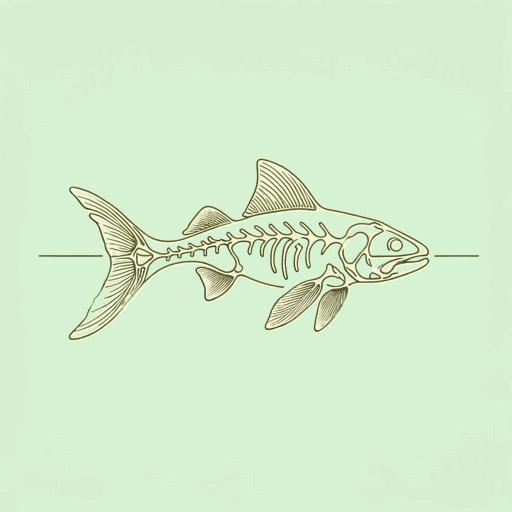33 pages • 1 hour read
Neil ShubinYour Inner Fish: A Journey into the 3.5-Billion-Year History of the Human Body
Nonfiction | Book | Adult | Published in 2008A modern alternative to SparkNotes and CliffsNotes, SuperSummary offers high-quality Study Guides with detailed chapter summaries and analysis of major themes, characters, and more.
Themes
Interrelatedness of All Living Creatures
Throughout Your Inner Fish, Shubin explores the intricate evolutionary connections between human bodies and those of other creatures—from fish to birds to sponges. Though Shubin acknowledges the uniqueness of humans, he also argues that it is important to understand the long history that the human body shares with other creatures. Each chapter of Your Inner Fish is structured to consider the history of a different body structure—for instance, teeth or ears—while demonstrating how this body part evolved from previous versions in ancient organisms.
As Shubin demonstrates through these various chapters, few of the human body’s parts are entirely original to human beings. Instead, nearly all of our organs and structures are shared. Some comparisons are more obvious, such as our similarities with other mammalian creatures: like us, other primate species also have complex color vision, and every other mammal also has precise interlocking teeth. However, much of what makes up our body existed in creatures that evolved millions of years before mammals did. In Chapter 3, Shubin traces how the Sonic hedgehog gene, which controls our limb development, also plays a role in the growth of sharks’ fins. Chapter 7 explores how the traits that define our bodies such as a multicellular division of labor can be found in “goo”-like creatures called placozoa, some of the most primitive organisms currently living (172).

